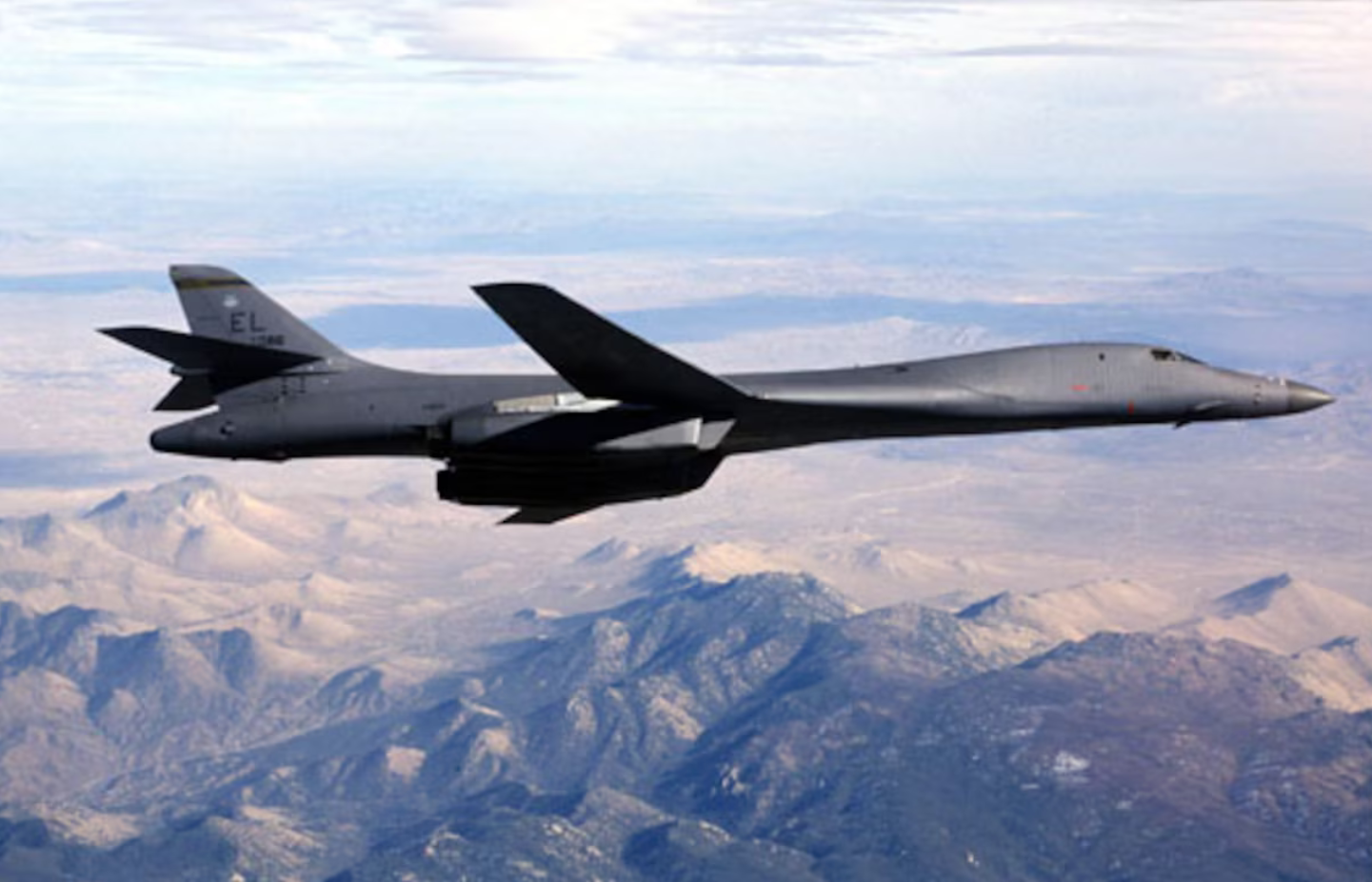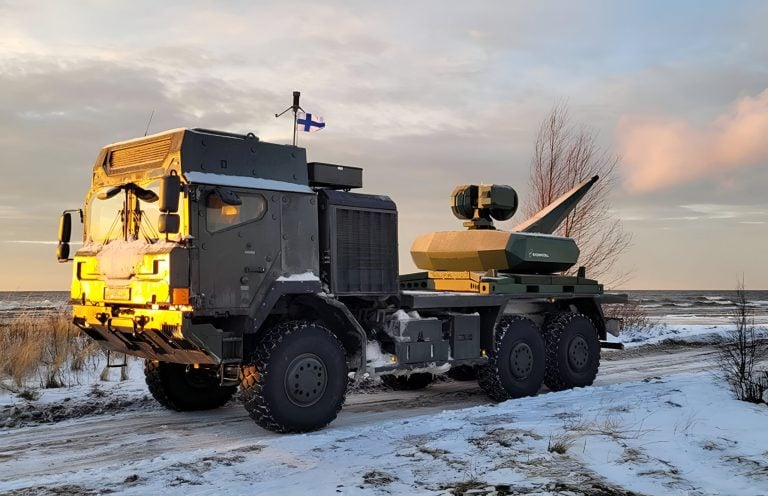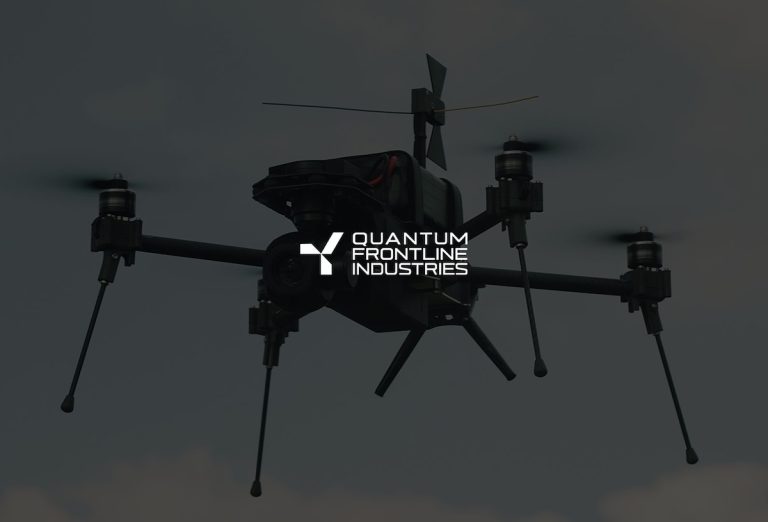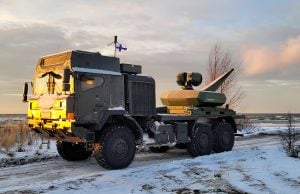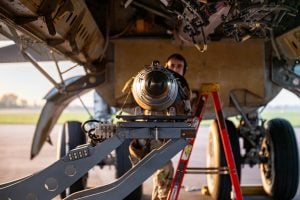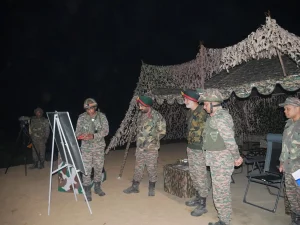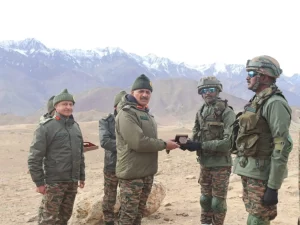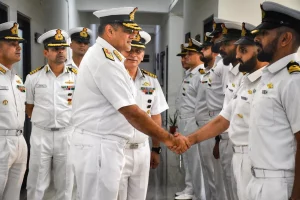The US Air Force (USAF) has initiated a significant deployment of B-1B Lancer bombers to Misawa Air Base, located in northern Honshu, Japan. This marks the first such operation within Japan since the Vietnam War and demonstrates a renewed focus on strengthening military readiness in the Indo-Pacific region. The deployment includes personnel and support equipment from the USAF’s 9th Expeditionary Bomb Squadron, which is based at Dyess Air Force Base in Texas.
This mission aims to familiarize B-1 crews with air bases and various operational environments across the region. According to Lieutenant Colonel Christopher Travelstead, the squadron’s director of operations, the deployment emphasizes the U.S.’s commitment to promoting stability in the region. “These missions in the Indo-Pacific ensure our B-1 crews are highly trained and ready to respond anytime, anywhere, to defend U.S. interests and support our allies, securing a stable Indo-Pacific,” he said, highlighting the strategic importance of these operations.
The deployment is part of the broader US Bomber Task Force (BTF) initiative, which serves to reinforce alliances and ensure security in the Asia-Pacific, Europe, and Africa. The BTF has been working on integrating operations with ally nations effectively, showcasing the strength of partnerships that enhance collective security.
In Europe, the BTF supports major USAF commands and has been engaged in missions alongside NATO allies. For instance, during its operations in Europe, NATO forces have escorted BTF bombers as they transit to and from Fairford Air Base in Gloucestershire, southern UK. The task force also recently collaborated with the Italian Air Force during Exercise Spartan Mace in March, which focused on enhancing close-air support interoperability.
Additionally, the USAF has actively utilized its B-2 Spirit aircraft as part of these exercises, illustrating the effectiveness of its long-range penetrating strike capabilities. The integration of various bomber platforms and cooperation with allied forces underscores the USAF’s dedication to maintaining a robust security posture in critical regions around the world. This development represents a significant shift in the operational landscape in the Indo-Pacific, with implications for regional security and collaboration among allied nations.
